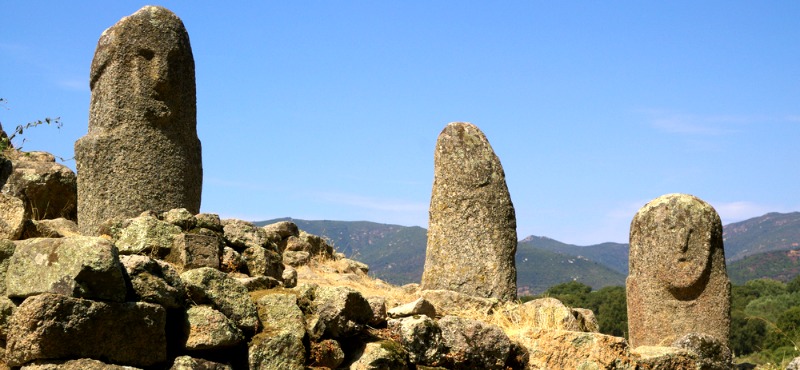Megalithic Ancient Menhirs In Corsica
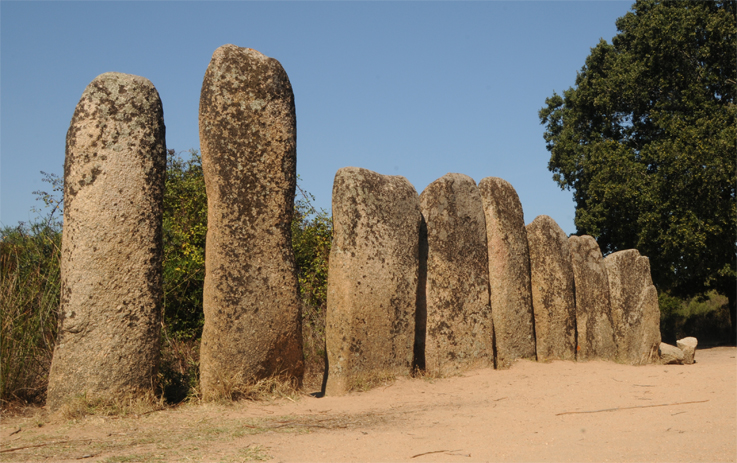
Corsica is an island belonging to France, and it is located slightly above Sardinia, and, archaeologically speaking, it’s famous for its ancient menhirs.
Despite its modest size, Corsica is in fact one of the European regions with the biggest density of ancient menhirs, counting over 500 of them and dating back to 3.300 BCE circa.
Some of them are as tall as 4 meters (13 feet), and weigh more than 2.5 tons.
The most important site in all of the territory is undoubtedly the one located at Filitosa, an inland area in the Taravo Valley at Sollacaro, 17 km north of Propriano and to the south of Ajaccio.
Filitosa has a magnificent array of prehistoric menhirs, and statues with the hard granite carved into human representations, for reasons that are not entirely known.
The site was occupied perhaps 7000 years ago and it is one of the most complete examples of Megalithic art in the Mediterranean area.
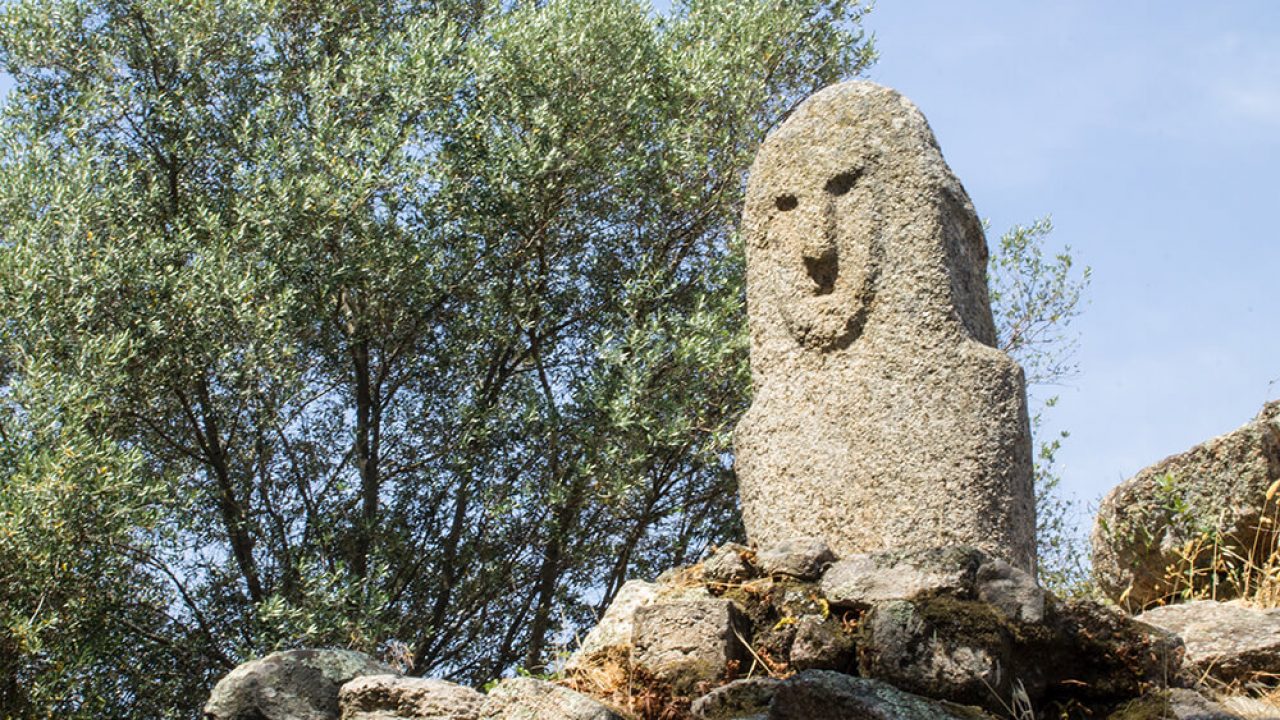
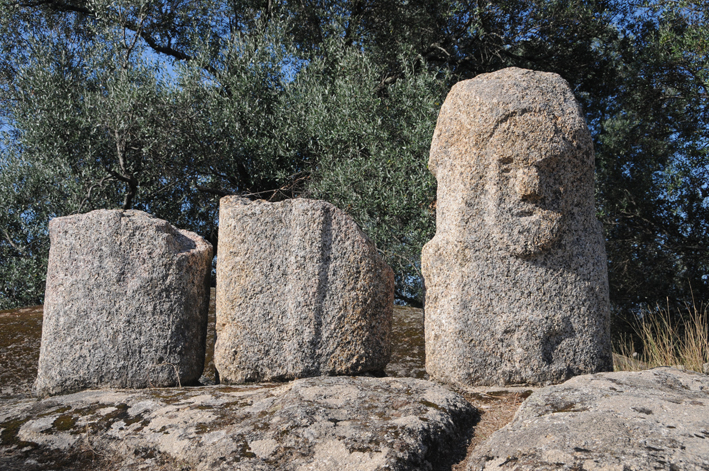
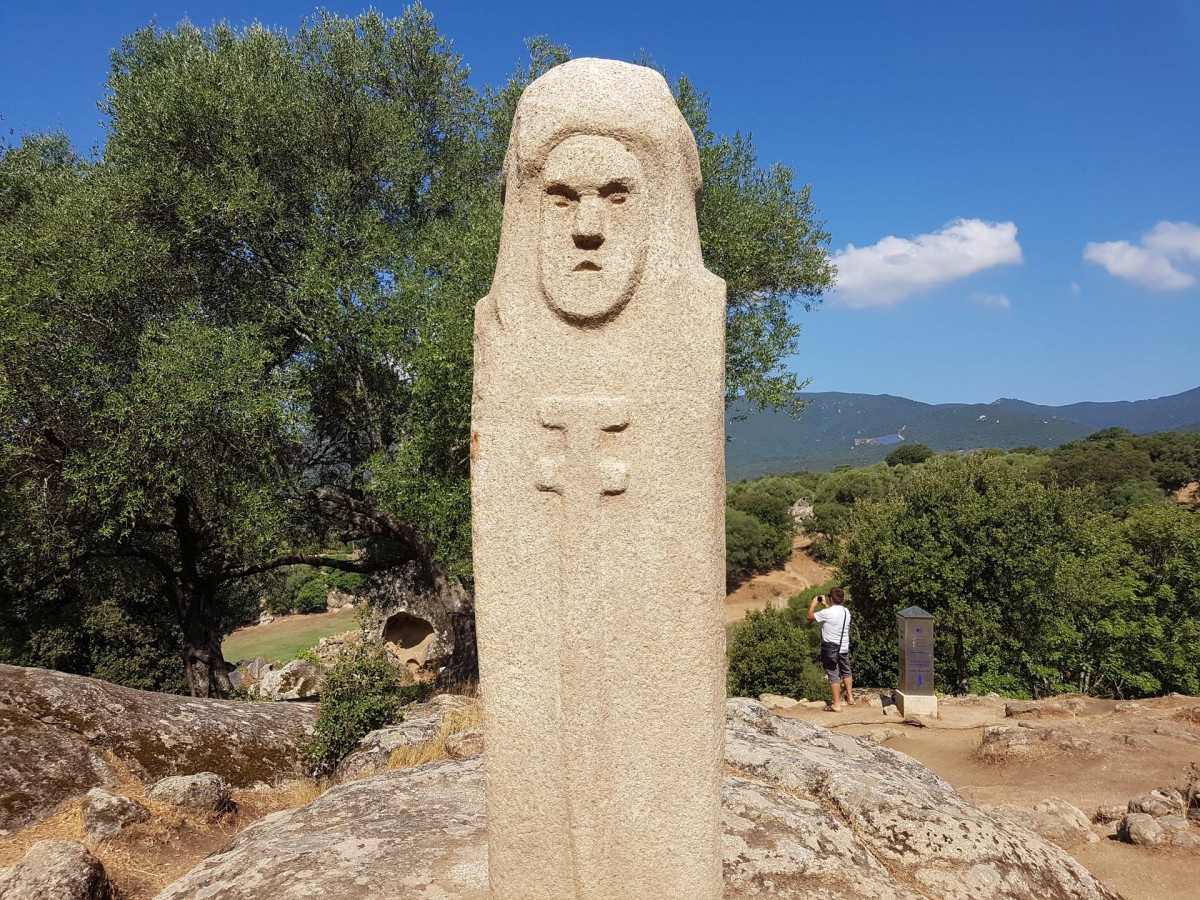
Unfortunately, this indigenous culture vanished without leaving traces about their origins, and we don’t know what they actually used to shape these blocks.
As a matter of fact, the menhirs are made of granite and white quartz, which are among the hardest materials to work with.
R. Grosjean, the archaeologist who led the excavations, believed they were left by the “People of the Sea”, the same civilization known in ancient times to be the builders of the polygonal walls in the Mediterranean area.
They were also known in ancient Egypt, where they are described as incredibly skilled seafarers in a papyrus written during the times of Ramses II, who was barely able to overthrow them and imprison some of them after they stormed the Egyptian coasts.
Many of these statues originally had features on their heads: some had spherical helmets while some had horns, which made them similar to the various depictions of ancient Mesopotamian divinities as well as resembling the megalithic idols of Easter Island.
